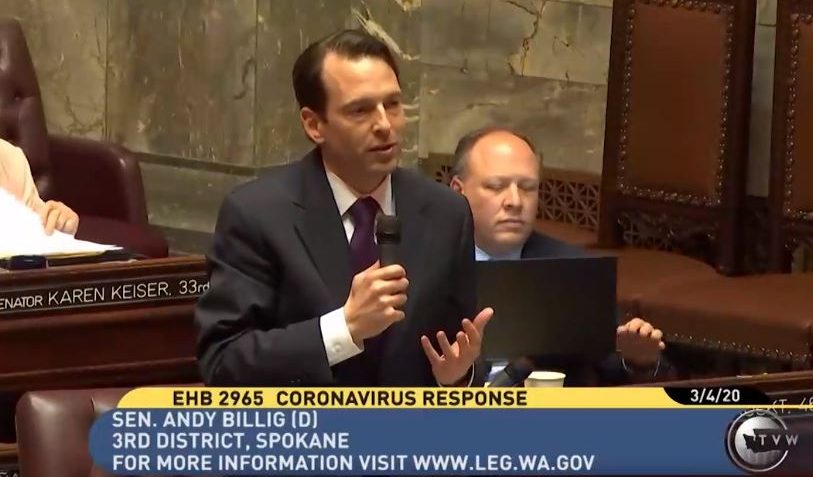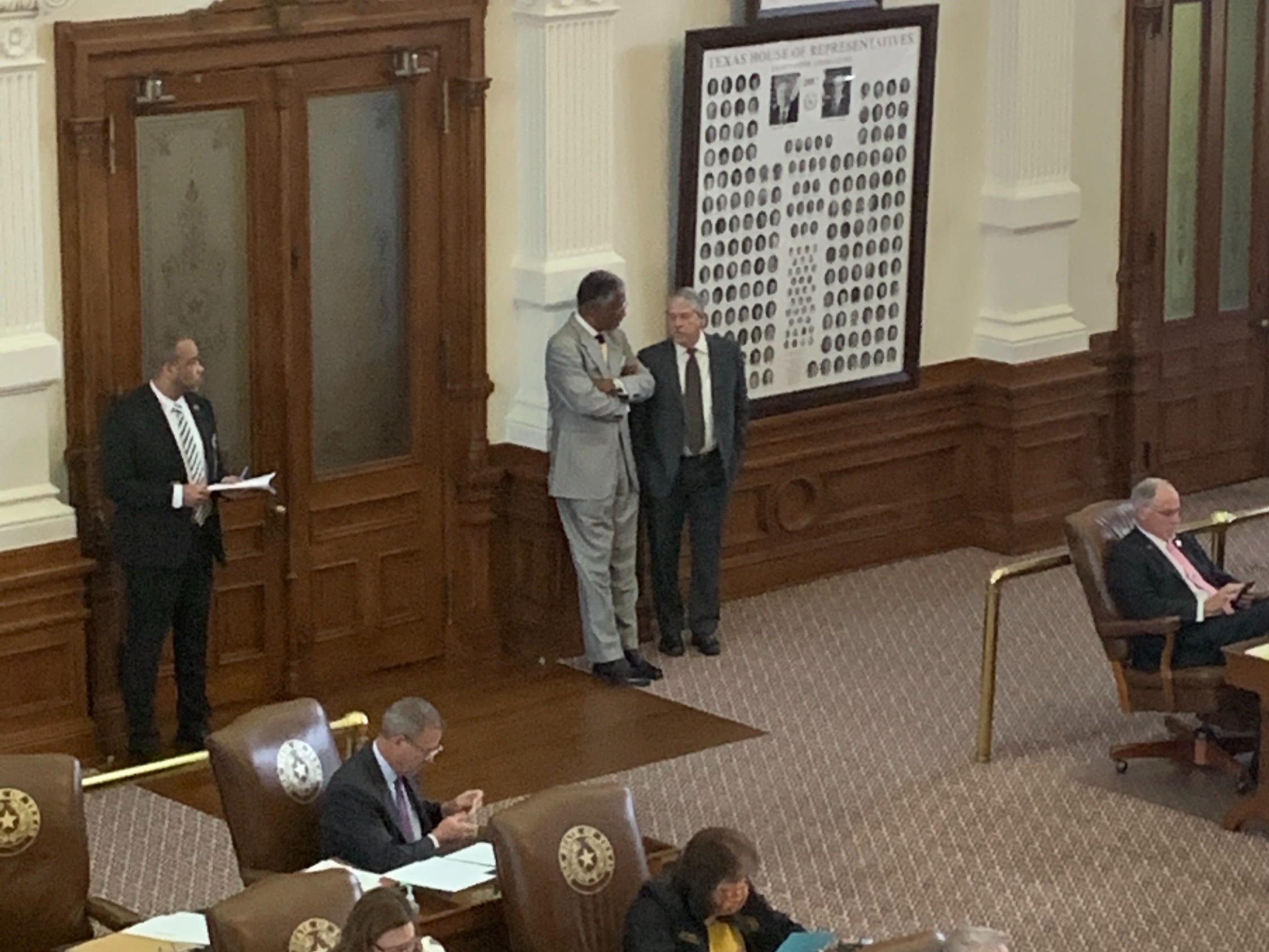
In contrast, however, a group of concurring justices argued that he could only make appointments during a particular recess, strictly defined-i.e., the break that falls between two sessions of Congress, which follows upon the sine die adjournment. The majority held that the President could make appointments during any actual recess. Beneath this seeming unanimity, there was a disagreement among the justices.
#Session sine die pro#
The Court unanimously ruled against the President, since it held the pro forma sessions were actual meetings of the Senate. In January 2012, President Barack Obama made a number of “recess” appointments when the Senate was technically still meeting, in what are known as “pro forma” sessions, where a Presiding Officer briefly calls the body to order and then dismisses it forthwith, usually without having transacted any business. This might not seem remarkable, but the sine die adjournment figured prominently in a U.S. Or a law that establishes expedited procedures could allow for the next, new Congress to begin the time period in question again.Ī sine die adjournment also affects the legislative process because it marks the beginning of a recess, which means the President can use his constitutional authority to fill executive and legislative branch vacancies while the Congress has left Washington. For example, it could say that a sine die adjournment terminates the timetable. When confronted with a situation where a sine die adjournment would interrupt a timetable for considering a bill, there are a number of ways Congress could remedy the problem. The final sine die adjournment of a Congress would make this especially problematic, since the next session would be that of a different Congress, meaning the original bill would not be available for their consideration. However, if that bill becomes available two days before a sine die adjournment, there will be five unconsumed days. For example, a law or congressional rule could say that the House must vote on X bill within seven days.

However, a sine die recess (or another kind of recess, for that matter) could interrupt this timetable.

Occasionally a bill is considered under provisions that allow Congress to dispose of it speedily, and these provisions often contain timetables for action. If a sine die adjournment occurs and a Member of Congress has not had his or her bill passed, he would have to reintroduce it in the next Congress.Īn adjournment sine die may also affect legislation when bills are considered under what are known as expedited procedures. Theoretically, the Congress could be called into session again before their terms expire, and leftover bills could be considered however, such extraordinary sessions are exceedingly rare-there was one in 1939-and Congress would likely only deal with legislation affecting the circumstances that mandated their return. So if it occurs at the end of a Congress, a sine die adjournment effectively permanently ends consideration of any bills that had not been passed yet. When one Congress expires, all the pending legislation goes with it. The sine die adjournment has several implications for the legislative process. Thus, the recess could be only a week or two, which is a much shorter period than its traditional August recess. In current practice, Congress often meets in Washington through much of December, and even as late as Christmas Eve in rare circumstances.

In years past, Congress met for only a few months out of the year, and a recess following upon a sine die adjournment could last for months.

Today, the length of the recess following sine die adjournment is not much different from a recess following an adjournment to a day certain (which is when the Congress sets a particular date to return). The adjournment sine die typically concludes each annual session. Each Congress consists of two “annual sessions”, which today run roughly the length of the calendar year. They are electing a particular Congress, which lasts two years. When Americans go to the polls for Federal elections every two years, they do not just elect people to go to Congress. The term is used to describe an adjournment when the date to reconvene is not specified, when Congress intends to leave town for the last time in a year. Before adjourning for Christmas and the New Year holiday, it passed a resolution that provided for the Senate to adjourn sine die.Īlthough many laws might sound like gibberish to non-lawyers (and even to many lawyers, for that matter), “sine die” is not.


 0 kommentar(er)
0 kommentar(er)
